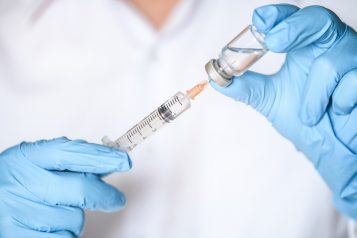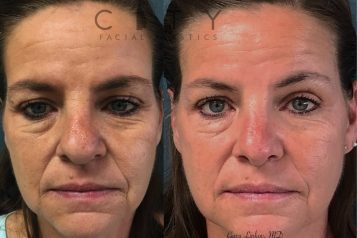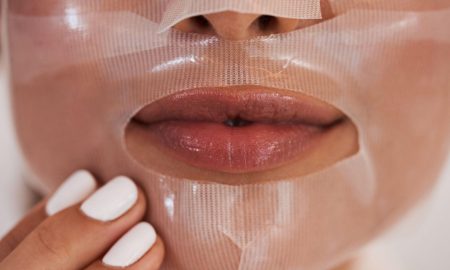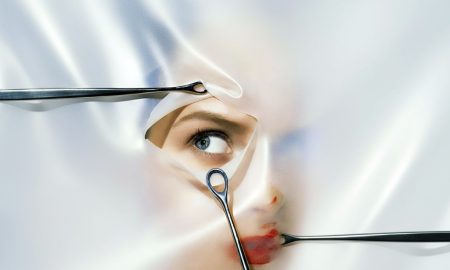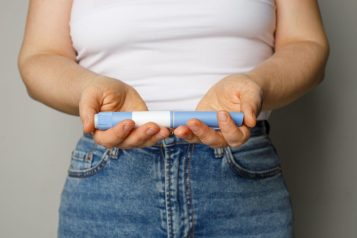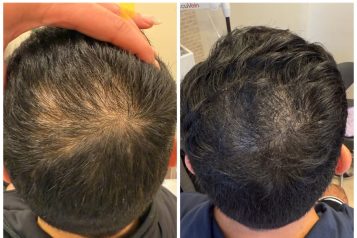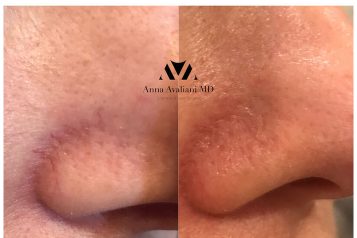 Photo Credit: Shutterstock
Photo Credit: Shutterstock
In my profession, I am very much used to seeing people in pain. In fact, that is the main reason patients come to me. But of all the things I experience in my job, I think the worst kind of pain I see is when someone suffers from neuropathy. People, who are normally active, outgoing, and relaxed are gradually dulled into silent suffering with a disease that no one can see.
Peripheral neuropathy is caused by damage to the nerves. This can be a genetic problem but more often than not it is caused by injury or disease. The most common form is diabetic neuropathy. This is very prevalent in patients with diabetes type 2. In this case, their disease has led to nerve damage, causing numbness and sometimes excruciating pain, typically starting in the feet. Many patients describe the sensation like heavy “pins and needles’ as if walking on thumbtacks.
From a chiropractic side, there is not so much I can do for diabetic neuropathy. Some patients do somewhat better after lower back and hip adjustment or after infrared or electrical stimulation. For me, the most exciting treatment I am seeing is using PIVIT or Pulsed Intravenous Insulin Therapy. And I am so happy that we are able to offer this to our patients at EVO. It really makes a difference.
 Photo Credit: Shutterstock
Photo Credit: Shutterstock
What really impressed me about this therapy is that, in a large scale study of over 400 patients, 93% of those treated said that their symptoms were either completely gone or greatly improved. How incredible is that? So now, I am encouraging all my neuropathy patients to at least give it a try. There’s certainly nothing to lose but a lot to be gained.
PIVIT works like this: We take our patients to our Penthouse suite where our nurse attaches them to an IV drip. The whole treatment takes about 3 hours. In this time, small microdoses of insulin are pulsed into the bloodstream every few minutes. While that is happening, the patient is given calculated amounts of carbohydrates to drink. That’s it! Sometimes our team likes to send someone into the hyperbaric chamber afterward or will recommend an injection of exosomes to help things along.
Of course, it’s not a one time therapy. Most patients will need at least six sessions if not more. Usually, two or three sessions are performed on consecutive days and then the therapy is repeated once a week for a few weeks. Patients who come in from out of town usually get a more intensive, but shorter, treatment lasting about 10 days.
I really think more people need to be aware of this treatment and I am excited that we can offer it at EVO. In case you are interested in the study here is the link. And if you are interested in more information, contact us at www.evobeverlyhills.com.
For more information, visit Dr. Amin Javid's social media:






